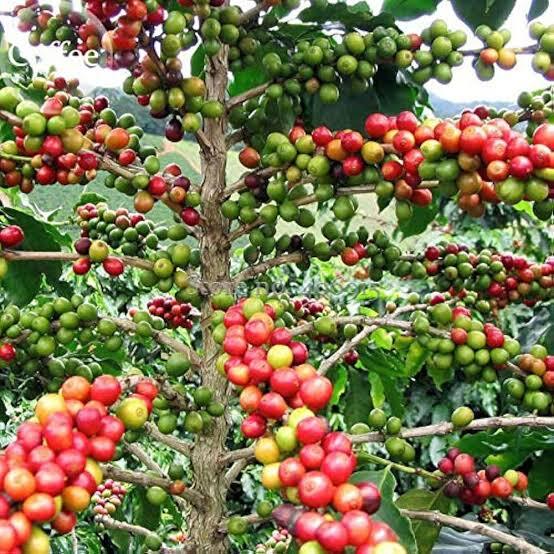
Behind every bag is a forest restored, a farming system revived, and a new economic model being quietly written. Coffee isn’t just a beverage — it’s a global commodity valued at over $100 billion, linking farmers in the Global South with discerning consumers across continents. While India contributes only around 3 per cent of the world’s coffee, the country is increasingly playing a significant role in the specialty coffee space. As global demand for sustainably sourced and high-quality beans surges, Indian coffee farmers — particularly those in Karnataka, Kerala, and Tamil Nadu — are adapting their traditional practices to meet new expectations.
This shift is not only reviving age-old agroforestry methods but also creating new economic opportunities rooted in quality over quantity. A New Kind of Cultivation Unlike mass-produced coffee that often thrives in monocultures, India’s shade-grown coffee plantations — where coffee is cultivated under the canopy of native trees — are gaining recognition. These biodiverse farms support birds, pollinators, and forest regeneration, turning every coffee bag into a story of ecological restoration. With the specialty coffee market demanding traceability, flavor differentiation, and sustainable practices, Indian growers are moving away from bulk commodity trading toward direct-to-roaster and direct-to-consumer models.
This change means better prices for farmers and more transparency for consumers.
Challenges on the Ground Despite the opportunities, challenges remain. Price volatility on international markets, climate change, and high input costs continue to pressure smallholder farmers.
The global coffee price, influenced by futures markets and demand-supply fluctuations, can swing widely — leaving farmers with uncertain incomes despite rising retail prices. Additionally, achieving specialty grade certification and entering global premium markets requires investment in training, infrastructure, and post-harvest processes — resources not all farmers can easily access.



